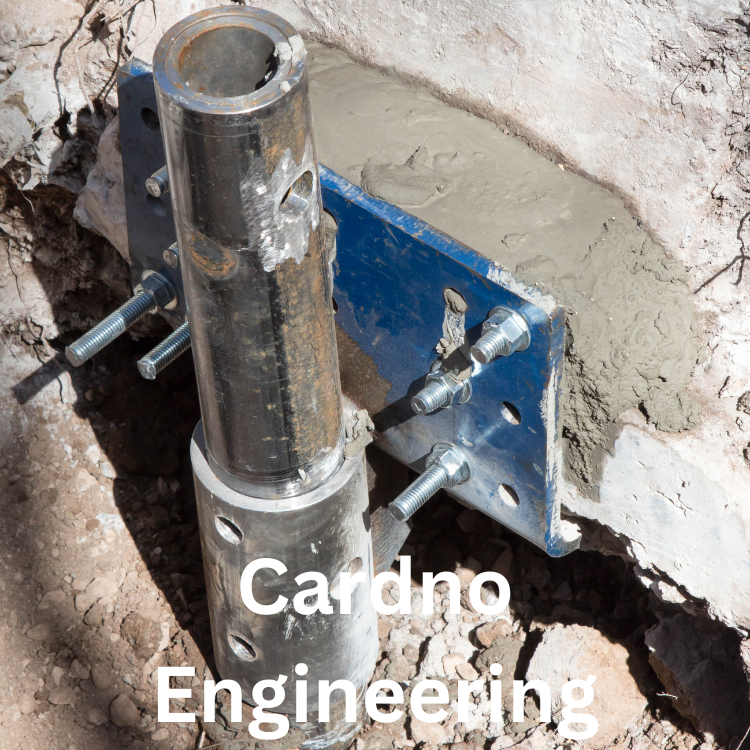
The integrity of a building’s foundation is paramount to its structural stability and longevity. Over time, various factors such as soil settlement, shifting, or poor construction can lead to foundation issues, causing uneven floors, cracks in walls, and other structural problems. Fortunately, advancements in engineering have provided innovative solutions to address these challenges. One such solution is the use of helical piers, a revolutionary technology in foundation repair and stabilization. In this article, we’ll delve into the engineering principles behind foundation leveling using helical piers.
Understanding Helical Piers:
Helical piers, also known as helical piles or screw piles, are steel shafts featuring helical blades welded onto them. These blades resemble large screws and are designed to penetrate the soil, providing stability and support to the foundation above. The installation process involves driving or screwing the helical piers into the ground until they reach stable soil or bedrock beneath the problematic foundation.
Engineering Principles:
- Load Transfer Mechanism:
The primary engineering principle behind helical piers is load transfer. When a building’s foundation settles or experiences uneven settlement, it’s typically due to inadequate support from the underlying soil. Helical piers address this issue by transferring the structural load from the unstable soil to deeper, more stable layers or bedrock. The helical blades of the piers effectively anchor into the soil, providing resistance against vertical and lateral movement.
- Bearing Capacity:
One crucial aspect of foundation engineering is determining the bearing capacity of the soil—the maximum load it can support without experiencing excessive settlement or failure. Helical piers enhance the bearing capacity of the soil by distributing the structural load over a larger area through the helical blades’ rotation. This broader distribution reduces the risk of localized soil failure and ensures greater stability for the foundation.
- Installation Flexibility:
Helical piers offer significant advantages in terms of installation flexibility. Unlike traditional concrete piers, which require extensive excavation and curing time, helical piers can be installed quickly and with minimal disruption to the surrounding area. Additionally, their modular design allows for precise adjustment during installation, ensuring optimal support for the foundation regardless of soil conditions or depth.
- Versatility:
Another engineering principle of helical piers is their versatility in addressing various foundation issues. Whether the foundation is experiencing settlement, uplift, or lateral movement, helical piers can be customized to suit the specific requirements of the project. Moreover, they can be installed in confined spaces or areas with limited access, making them ideal for both residential and commercial applications.
- Corrosion Resistance:
To ensure long-term durability and structural integrity, helical piers are typically made from high-strength steel with corrosion-resistant coatings. This engineering consideration minimizes the risk of degradation due to exposure to moisture, chemicals, or other environmental factors. Additionally, it extends the lifespan of the piers, providing reliable support for the foundation over many years.
- Monitoring and Quality Assurance:
Engineering principles also encompass monitoring and quality assurance measures to ensure the effectiveness of helical pier installations. During and after installation, engineers utilize various techniques, such as load testing, instrumentation, and visual inspections, to assess the performance of the piers and verify that they meet design specifications. This proactive approach helps identify any potential issues early on and allows for timely adjustments or corrective actions.
Foundation leveling using helical piers exemplifies the application of engineering principles to solve complex structural problems effectively. By understanding the mechanisms of load transfer, bearing capacity, and installation flexibility, engineers can design and implement tailored solutions to stabilize and support foundations in diverse soil conditions. As advancements in technology and materials continue to evolve, helical piers remain a reliable and versatile option for addressing foundation issues and ensuring the long-term stability of buildings and structures.